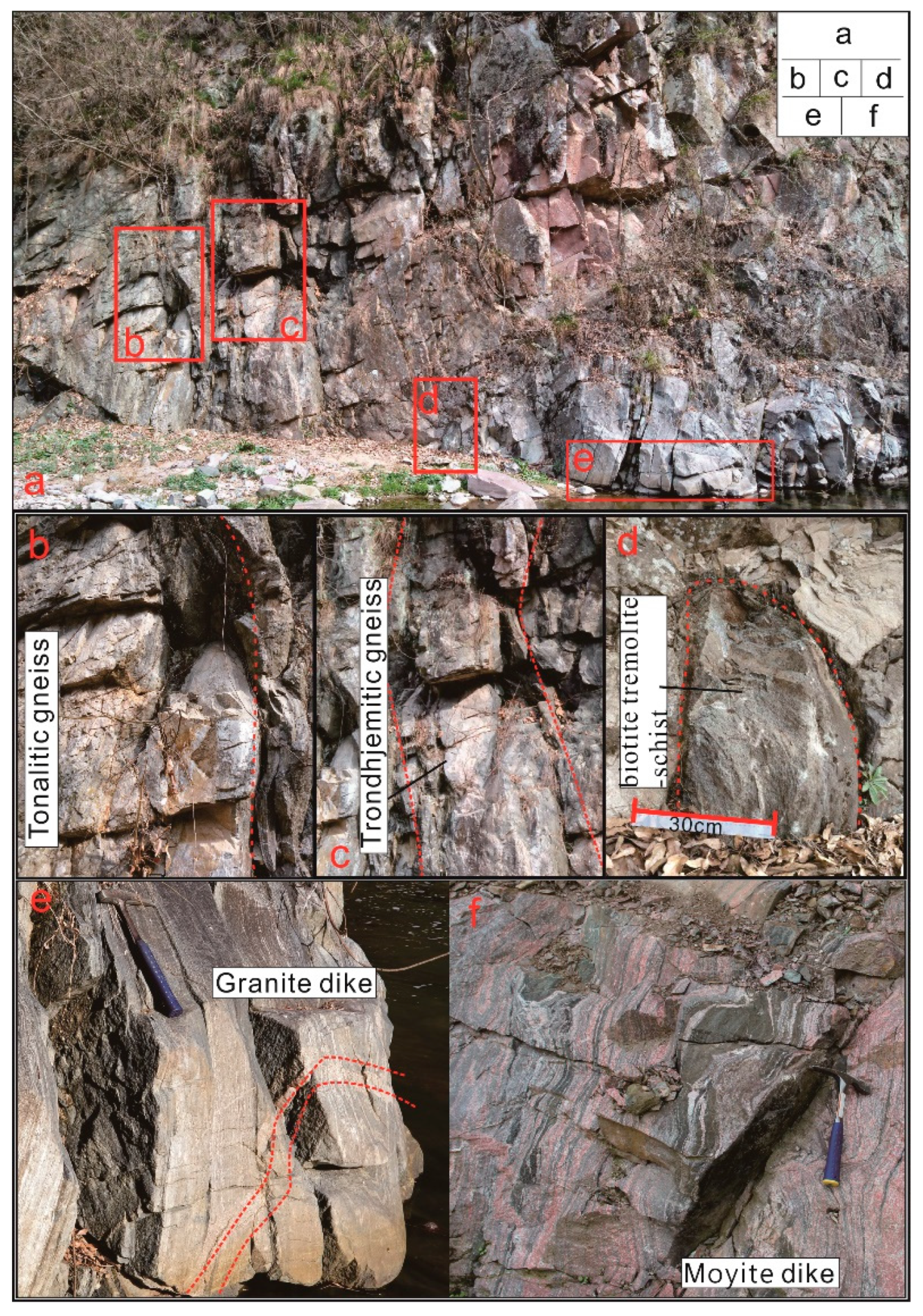Gneiss is a metamorphic rock granite is an igneous rock and sandstone is a sedimentary rock.
What causes granite to be transformed into gneiss.
It takes thousands of years for granite to cool.
Granite gneiss can also form through the metamorphism of sedimentary.
It is impossible for granite to turn into gneiss it is a scientific impossibility that cannot be done with only heat and pressure.
Metamorphic rocks form from heat and pressure which changes the original or parent rock into a completely new rock.
Gneiss displays distinct foliation representing alternating layers composed of different minerals however unlike slate and schist gneiss does not preferentially break along planes of foliation.
Heat and pressure cause granite to become gneiss and change sandstone into quartzite.
With pictures porcelain is a very hard translucent white ceramic that has been manufactured in china since the 600s and in europe since the 1700s.
The change from granite to gneiss is not mineralogical i e.
What geologic process can change granite igneous rock into gneiss metamorphic rock.
Short succinct and correct answer.
Heat and pressure cause granite to become gneiss and change.
Sedimentary you answered correctly.
Heat and pressure d.
As the basalt releases heat and fluids large chunks of continental curst have the potential to transform into granite.
Plate tectonics typically subduction force basaltic magmas to rise beneath the continents.
Add heat to this process and magmas release co2 and water that help melt rocks.
This is due to the long minerals in the original granite lining up perpendicular to a regional stress field.
Gneiss gneiss is a high grade metamorphic rock meaning that it has been subjected to higher temperatures and pressures than schist it is formed by the metamorphosis of granite or sedimentary rock.
When subjected to intense heat and pressure granite will.
Which of the following is not one of the three major classes of rock.
The appearance of granular minerals is what marks the transition into gneiss.
Intense heat and pressure can also metamorphose granite into a banded rock known as granite gneiss this transformation is usually more of a structural change than a mineralogical transformation.
Melting you answered correctly.
Another important structural change is the development of foliation or linear appearance in a gneiss.
There are no chemical changes but structural.
Compacting and cementing b.
More fleshed out fuller and still correct answer.
What causes granite to be transformed into gneiss how is sandstone transformed into quartzite.

